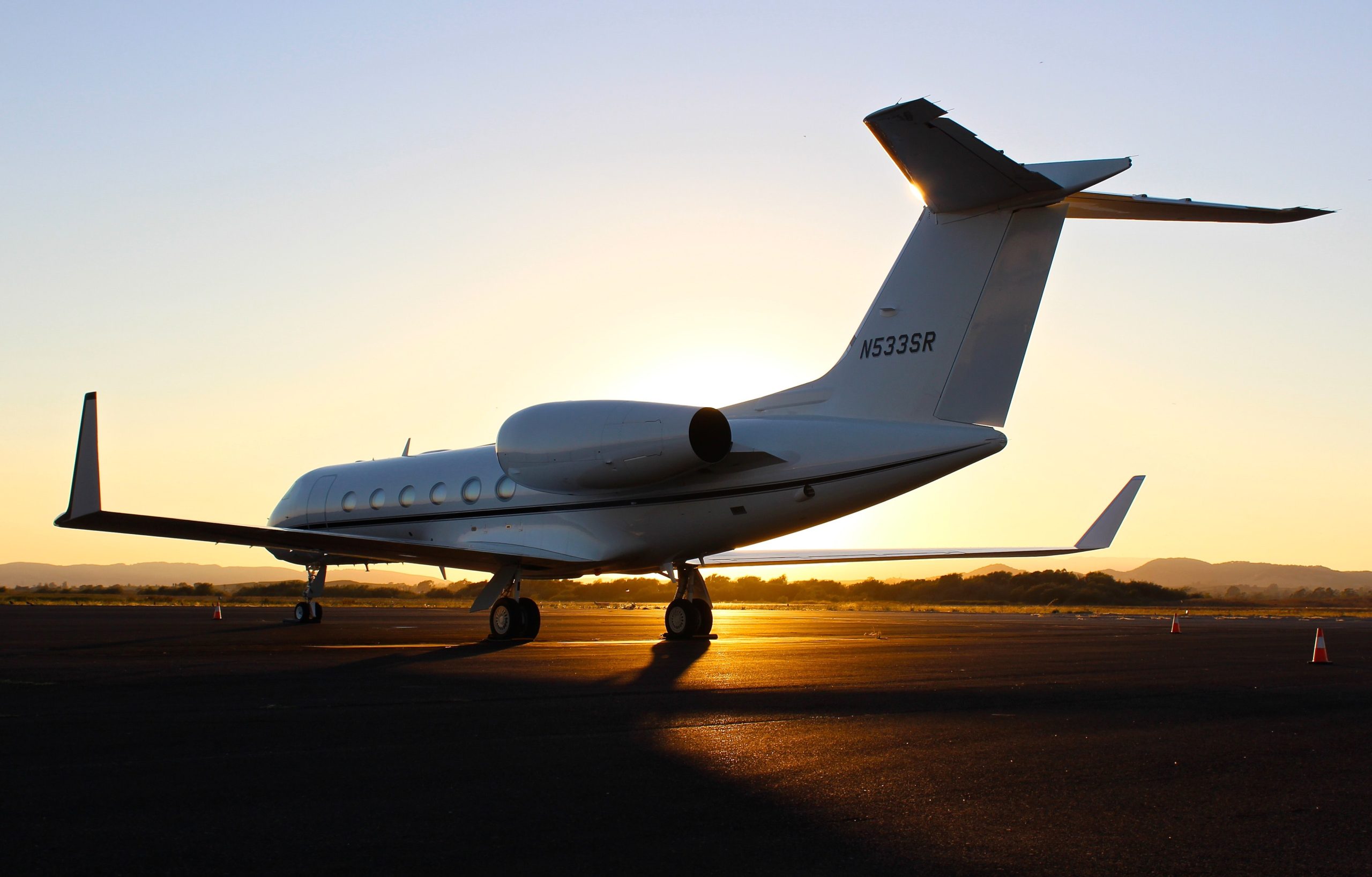
Electric Airplanes

The journey started in Abu Dhabi and ended 16 months later in the same place. But, unlike others that have made the journey before, this aircraft emits no emissions and burns no fuel. Instead, it was powered by solar panels, an electric motor, and four large 41 kWh lithium-ion batteries. As a result, when the aircraft, called Solar Impulse 2, completed its flight in 2016, we can say that it changed the aviation world. Because since then, the vision of an electrically powered commercial airplane has turned into a real possibility rather than a dream.
The electrification of an aircraft operates with a vision to make aircraft more efficient, less costly. To replace today’s conventional aircraft with electric aircraft, hydraulic and air pressure actuators and systems will be gradually replaced by electric actuators and systems. The main technological challenges to achieve these are reducing the weight of the aircraft electrical system components, electric generators, batteries, power controllers, and motors, and increasing efficiency, power density, and reliability. To test the energy conversion efficiency of these components, data acquisition systems are required to measure the total input-output power with high accuracy and reliability and provide the essential raw data needed to understand and improve energy efficiency in the R&D process. In addition, as a result of electrification, it will be more challenging to ensure the stable operation of the aircraft electrical system. Therefore, aircraft and individual electrical grid components should be tested more extensively for power quality compliance. For these tests, DAQ systems must continuously record the flight profile and switch to higher sampling rates to detect singular disturbances. In addition, they should perform both harmonic analysis and power measurements with the same device.
A few companies are currently working on electric aircraft;

Zunum Aero: A company backed by Boeing and JetBlue has been working on a family of hybrid electric regional aircraft with 10 to 50 seats since 2013. In October 2017, they began developing a 12–seat plane that aims to fly in 2020.
Joby Aviation: Having spent the last decade developing its own electric motors and existing VTOL designs from the ground up, the company has recently received a $100 million investment to prepare for production and certification.
Eviation Alice: Israel–based electric aircraft under development by Eviation Aircraft.
Wright Electric: An initiative aimed to design a commercial aircraft powered by batteries for distances of less than 300 miles.
Airbus E–Fan X: It is being developed with Rolls–Royce and Siemens as a hybrid-electric airline demonstrator. This aircraft builds on work completed by a prototype under development by Airbus and the Airbus E–Fan, an electric two-seater aircraft.
The Challenges of Electric Airplanes

A flight requires much more energy than an average ground journey, as the plane will travel much further than ground vehicles. In addition, the aircraft must store the energy required to move its mass on each flight. Therefore, using a rich energy source is necessary, which means more power is needed for a flight. The best lithium-ion batteries currently available provide around 200 Wh per kilogram. This is 60 times less than current aviation fuel.
Despite these limiting factors, engineers are currently building a 180–seat all-electric jet that can fly 500km. The plane, which will have a limited travel route, is a big step in transitioning to electric aircraft that will replace conventional planes.




